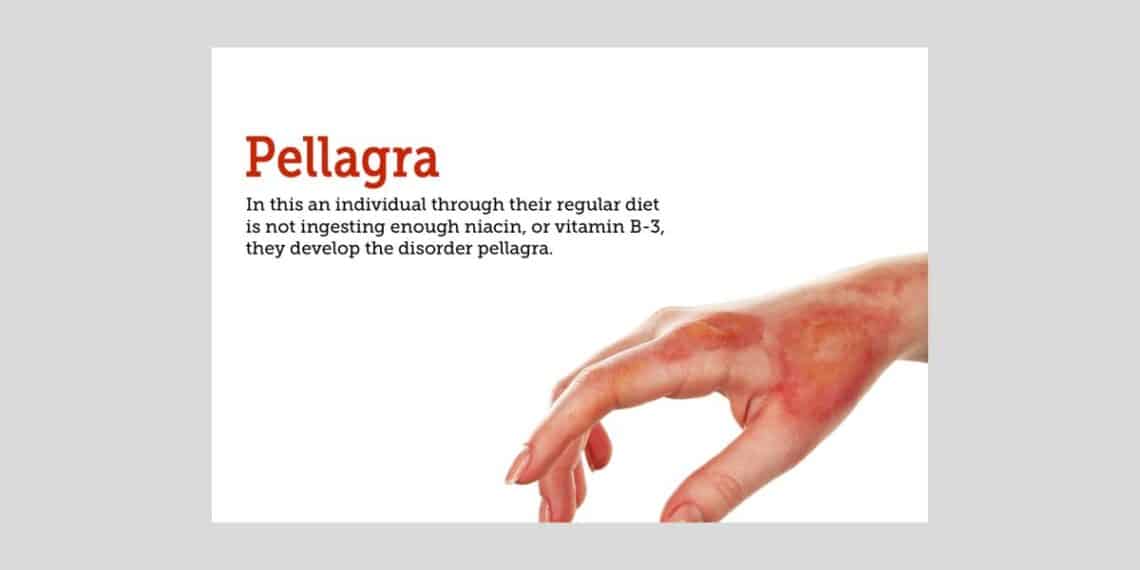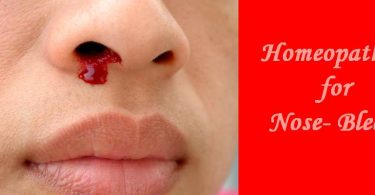Pellagra presents as hyper pigmented and scaly plaques on the hands, face, shins and other sun exposed area. ‘CASAL NECKLACE’ refers to a characteristic, well-demarcated hyper pigmented plaques located around the neck. Pellagra is due to deficiency of niacin (vitamin B3) or tryptophan. Niacin is a component of electron transport chain and is essential to glycolysis and other metabolic process. The dermatitis generally precedes the more severe manifestations of pellagra, which include diarrhea, dementia, dementia and death.
Causes of pellagra
Pellagra arises when the diet is chronically deficient in niacin(nicotinic acid) or contains excess isoleucine. This occurs mainly among populations whose staples are maize and sorghum (especially if these have been in strong for a long time) and who have little other food.
Symptoms of pellagra
Pellagra can be recognized by a characteristic symmetrical rash where skin is exposed to sunlight. It often causes severe diarrhea and mental deterioration. The effects are known as “the four Ds”: diarrhea, dermatitis, dementia, and ultimately death. The mouth becomes sore and the tongue brilliant red or beef-red in color, swollen, painful, and denuded. Pellagra is commonly a disease of adults, usually occurring between the g=ages of 20 and 50 years. It can also affect school children and adolescents, but rarely affects infants and young children.
Diagnosis of pellagra
Diagnosis is not difficult if the gastrointestinal, skin and mental symptoms are present in sufficient clearness with the endemic feature added. The three D’s-dermatitis, diarrhea and dementia are strikingly suggestive. It may be necessary to consider sunburn, erythema, multiform, vitiligo, and eczema, and rarely lepra syphilis, actinomycosis, acrodynia or any profound toxemia.
Homeopathic treatment for pellagra
Homeopathy is one of the most popular holistic systems of medicine. The selection of remedy is based upon the theory of individualization and symptoms similarity by using holistic approach. This is the only way through which a state of complete health can be regained by removing all the sign and symptoms from which the patient is suffering. The aim of homeopathy is not only to treat pellagra but to address its underlying cause and individual susceptibility. As far as therapeutic medication is concerned, several remedies are available to treat pellagra that can be selected on the basis of cause, sensations and modalities of the complaints. For individualized remedy selection and treatment, the patient should consult a qualified homeopathic doctor in person. There are following remedies which are helpful in the treatment of pellagra:
Arsenic Album, Arsenic Sulph Rubrum, Bovista, China, Gelsemium, Hepar Sulph, Pediculus Capitis, Psorinum, Secale Cor, Sedinha, Sulphur, Ignatia, Phosphorous, Pulsatilla, Sepia, and many other medicines.





